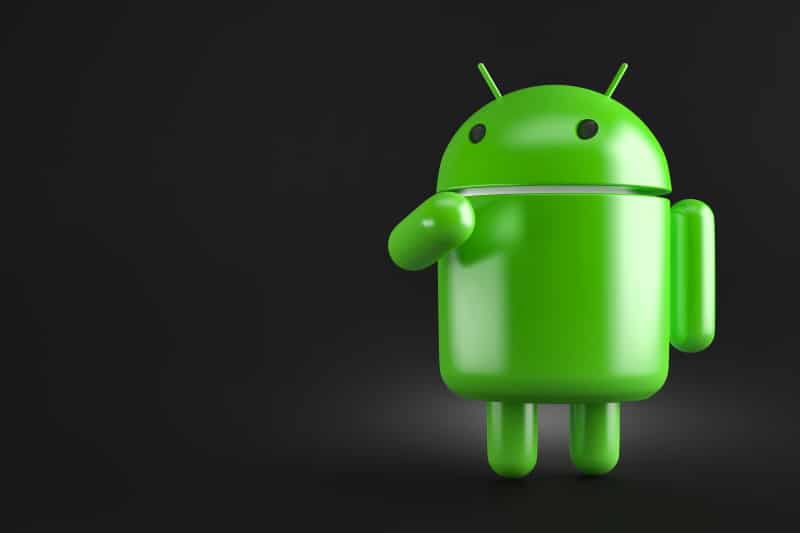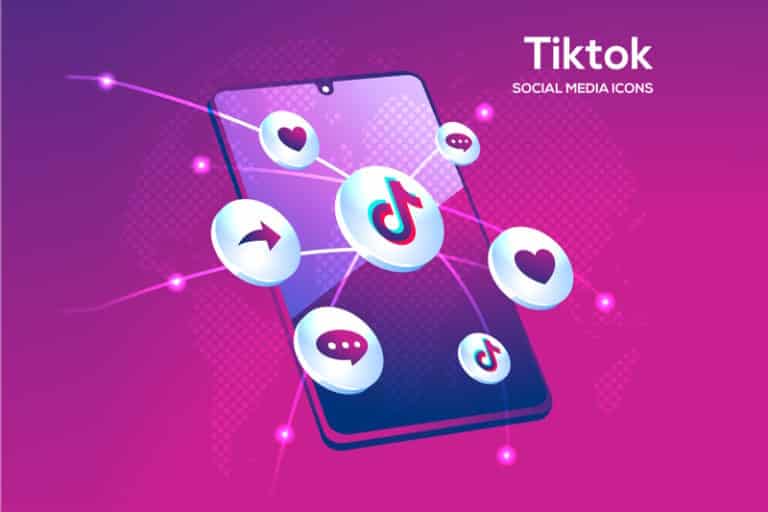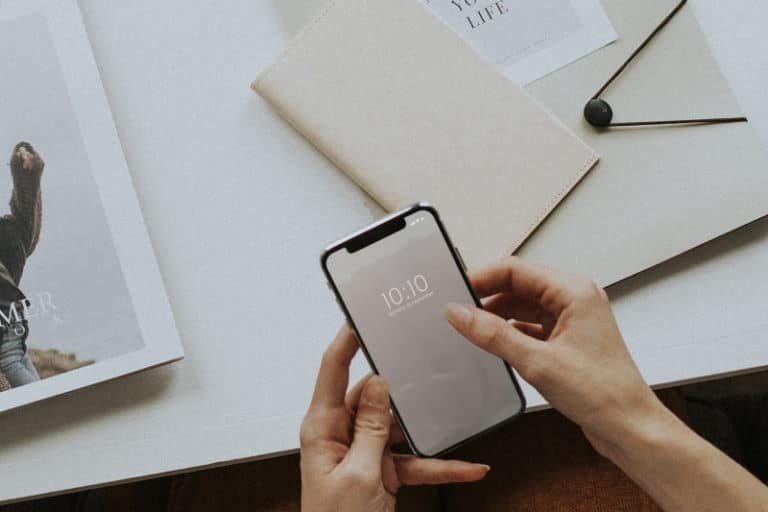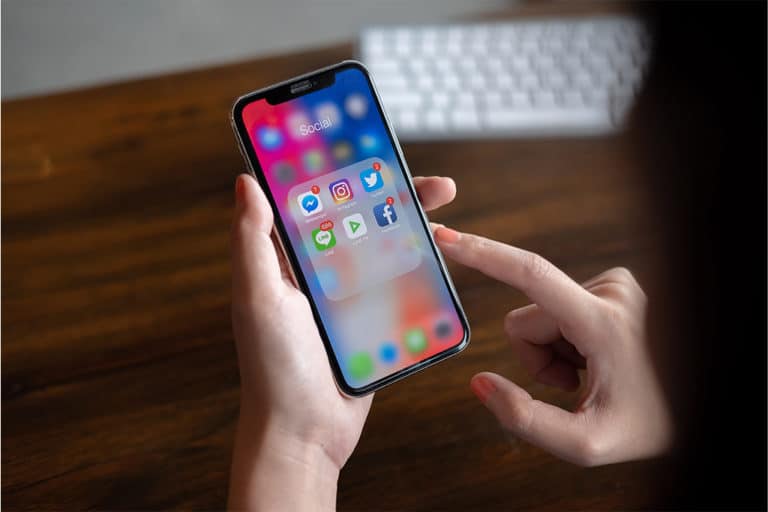Google has put more effort into improving Material You with Android 13 than adding new features.
Although previous versions of Android introduced several new features, Android 13 does not. Minor updates to the Material You design language, a revised notification shade, improved security, and expanded accessibility are all included. It’s not really flashy, but it’s reliable, and that’s good for me.
Every time I sit down to write one of these assessments, I’m reminded that Android is a living, breathing operating system and that Google is constantly updating it to address new threats and add new features throughout the year. Google can simply push out upgrades to billions of phones thanks to Google Play Services and the underlying infrastructure.
However, the most significant updates are saved for the yearly Android released by Google. Google has been very active in this area over the past two years, with Android 11 introducing a new notification management system that places a higher priority on conversations, and Android 12 introducing a completely new user interface design called Material You, along with numerous privacy-focused additions.
It’s not surprising that Google would play it safe this year; Android 13 doesn’t provide many novelties, but it does improve upon previous versions in several ways. Important security updates, improvements to Material You, and a refined notification shade all fall under this category. Let’s jump in and check out what’s new in Android 13 and when you can expect to have it on your phone.
Material You get additional refinement
Material You is a lot more flashy than Material Design, with its vivid colors and aggressive vibe. While I can see why some people might not like the new interface, I think Material You is a welcome update that keeps Android feeling new and exciting. The Pixel 6 Pro is the right step in the right direction for Google, and after using it for almost two months this year, I feel confident saying so.
Of course, if you’re using a Pixel or one of the few other phones with a stock, unmodified user interface, that is the case. Recent additions to the list are ASUS, Motorola, Nokia, and a blank slate. Material is used for everything else. Unfortunately, you can’t alter the system-wide accent color using hex or hex edit, only via the dynamic color picker.
With Android 13, Google isn’t making many noticeable changes to Material You; the dynamic color picker now has access to more color palettes, but that’s about it. The tool generates a selection of color schemes that complement your phone’s existing background, making it simple to update the design.
The addition of eight additional color schemes to the previous four in Android 13 is a welcome change. Unfortunately, you still don’t have the option to pick your own colors, which is a feature I hope Google will implement in the future (especially because ColorOS 13 already does so). You can always go with more traditional accent hues if you don’t like the computer-generated options.
It’s the same story with themed icons; they can be used with third-party apps now, albeit compatibility isn’t guaranteed. While it looks OK with Google services, I was unable to get it to work with third-party apps, and the competing design is off-putting. This setting is supposed to alter app icons to monochromatic color palettes that are in line with the system-wide accent colors.
Notification Pane gets a Larger Media Player
To be fair, the adjustments Google made to the notifications menu were minor, but they had to be for this to be an Android release. The persistent media player has been redesigned to put greater emphasis on album art, while the enormous rectangular tiles that were introduced last year are still there in the notification window. Playback controls and the ability to “cast” music to another device remain staples.
A pull-down action toggled between Android 12’s tiny media player layout, which provided quick access to playing controls, and the full-width interface. In Android 13, this is not the case; the media player takes up the full-width tile by default.
Despite my approval of the revamped design, I miss being able to tailor the media player’s width to my liking. The seek bar now jiggles when music is playing; I’m not sure why, but perhaps Google considered this an amusing way to indicate song progression.
The only other difference is a task manager at the bottom of the notification window, which replaces the media player. It is a handy enhancement that brings attention to the programs that are currently running in the foreground.
Apps notifications have been added
One of my favorite new features in Android 13 is that apps now need your permission to send notifications rather than just sending them automatically. This has been a staple on iOS for quite some time, and I couldn’t be happier that it’s finally coming to Android. This is a perfect solution for me because I use a number of services that feel it’s fine to send random alerts that don’t actually tell me anything.
This is an improvement over Android 12, where users had to wait for a notification before being able to manually alter notification settings by long-pressing the notification. As an additional note, if you’re updating from Android 12, your notification options will be preserved, and this feature will apply to any new apps you install.
App-specific language settings
Google is releasing the option to switch the app’s language to make it more accessible. As an alternative to switching the system language, you can make a per-app choice.
This is a great feature of Android 13 and comes in especially helpful if you speak more than one language. However, there are problems with the actual use; you can’t change the language for any program, it has to appear in the language selection window. Furthermore, now, far too few services make use of this capability.
This is expected to alter in the future months, however for the time being the feature has a low level of utility.
Increased safeguards for media
Google is updating the Android 13 media permissions system. To start, there is a brand new media selector that limits an app’s access to only the photos and videos you choose. Launching the system photo picker from within an app like WhatsApp or Instagram will only allow it to access the photographs you choose; this feature, like opt-in notifications, has been available on iOS for some time and is nice to see making its debut on Android.
The nice thing is that it’s not just for Android 13; Google has begun making this update available to smartphones running Android 12. Unfortunately, none of the apps I regularly use now include this functionality, and Google does not require developers to include it in their products.
Granular file access is another adjustment that has been made to media permissions. Previously, photos, audio files, and videos were all lumped together under the umbrella term “media,” but now they each have their own category. To that end, you need just provide USB Audio Player Pro permission to play audio files; it won’t have access to any video files.
Pixel Launcher is still complicated
There won’t be any cosmetic changes to the Pixel Launcher, but Google is working to make searching easier on both the home screen and the app drawer. Searching for an app like Spotify will bring up the app as well as relevant online results when you enter the search bar on the home screen. The Spotify playlist you were looking for is in the From this device section of the menu, which can be accessed by scrolling to the bottom of the page.
For this reason, the search bar at the very top of the app drawer now returns fewer results from the web (just four) and prioritizes results that are stored locally on the device.
I don’t like this move because it will likely lead to more confusion for consumers; with Android 12, the search bar in the app drawer was reserved for local content, while the one on the home screen was used for web results. By accessing the search preferences (by clicking the overview menu that appears within the search bar) and disabling the Search the web option, you can revert to the previous layout.
Other Additions
Google introduced a slew of minor changes with Android 13, and even more are in the works for a release early next year. What’s new is as follows:
A built-in QR code scanner can now be added as a notification shade tile. The process is streamlined compared to using Google Lens, and it’s nice to see Google making the tool so accessible.
The Pixel’s ability to perform split-screen multitasking has been capped by Google once again. You can only utilize an already-running app in split-screen mode from the Recents menu; selecting all apps on your phone is not an option. One UI and ColorOS, to name just two examples, do a considerably better job of facilitating the transition to split-screen multitasking.
A new graphical clipboard editor is available for modifying the copied text. After an hour, the clipboard is wiped clean.
Despite Google’s efforts, the bottom-mounted gesture navigation bar, which has never been hidden or made transparent, is now noticeably larger and wider. Pixel Launcher lacks the option to conceal the nav bar, which is included in other interfaces such as ColorOS and MIUI.
Google is developing a predictive back gesture that will allow you to see a preview of the screen you will return to by shrinking the screen to the right. It’s a great feature that you may avoid returning to the previous screen by just lifting your finger. Despite its absence in Android 13, Google has promised to make it a standard in Android 14.
When will you be able to use your brand-new Android 13?
The question is, as always when a new version of Android is released, how quickly you can have it installed on your smartphone. You’ll have to wait a little while longer for the stable Android 13 release to find its way to the top Android phones, which are now available for Pixel phones starting with the Pixel 4 series.
The majority of manufacturers are improving their updates’ stability. Already on beta 3, Samsung’s One UI 5 has been joined by ColorOS 13 for the Find X5 Pro and OxygenOS 13. Both of these updates have made it to the stable channel.
A stable release of MIUI 13 is planned for the end of 2022, and Xiaomi is now testing the beta version. You’ll be waiting quite a while if you use a handset with a stock Android interface (such as those made by ASUS, Motorola, Nokia, or even Nothing). However, the majority of brands are releasing stable update more quickly than in prior years, which is a notable accomplishment.
Even while Android 13 doesn’t bring much to the table, that doesn’t make it a dull update. Many of Google’s 2017 additions have been refined and updated, and the company has released modifications that users will find immensely helpful in their day-to-day lives, such as opt-in notifications and improvements to users’ privacy settings. While it lacks Android 12’s flashiness, it’s more reliable in day-to-day tasks, making it a more appealing option.














